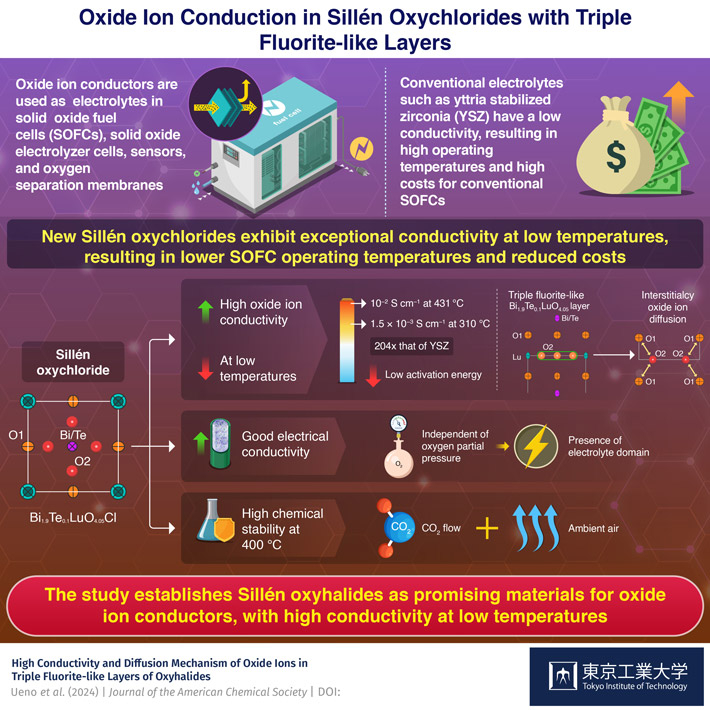- Minister for Higher Education
The University of Melbourne’s new purpose-built biosciences facility further establishes Melbourne’s status as the nation’s leader of bioscience research and biotechnology.
Minister for Higher Education Gayle Tierney today visited the university’s Parkville campus to tour the brand new Western Edge Biosciences facility.
Bioscience remains one of Victoria’s key strengths within the research and tertiary education sector. Both the University of Melbourne and Monash University are ranked within the top 50 worldwide for biosciences and have built significant clusters of bioscience research.
Many global research and manufacturing companies choose Victoria as a base and contribute more than $16.5 billion to the economy through clinical trials, pharmaceutical research and medical breakthroughs.
The $100 million building – funded by the University of Melbourne – was designed by HASSELL and built by Kane. It brings together the faculties of science, medicine, dentistry and health, and veterinary and agricultural science into a shared precinct allowing for cross-disciplinary teaching for up to 765 students.
The collaborative centre features wet and dry teaching labs, along with formal and informal learning spaces that will bring students together to build knowledge and understanding.
The Faculty of Veterinary and Agricultural Science infrastructure also includes the University’s Dookie campus, which hosts the largest agricultural education facility in the Southern Hemisphere, and Werribee’s world-class veterinary teaching and research campus, featuring the U-Vet Animal Hospital.
The Western Edge Biosciences facility will be home to the globally-accredited Doctor of veterinary Medicine Program from 2020.
As stated by Minister for Higher Education Gayle Tierney
“The Western Edge Bioscience facility cements Melbourne’s status as our nation’s capital for bioscience research.”
“World class facilities like these will not only support future research, but it will also be instrumental in creating Victoria’s next generation of doctors, veterinarians, agricultural and forensic scientists.”







